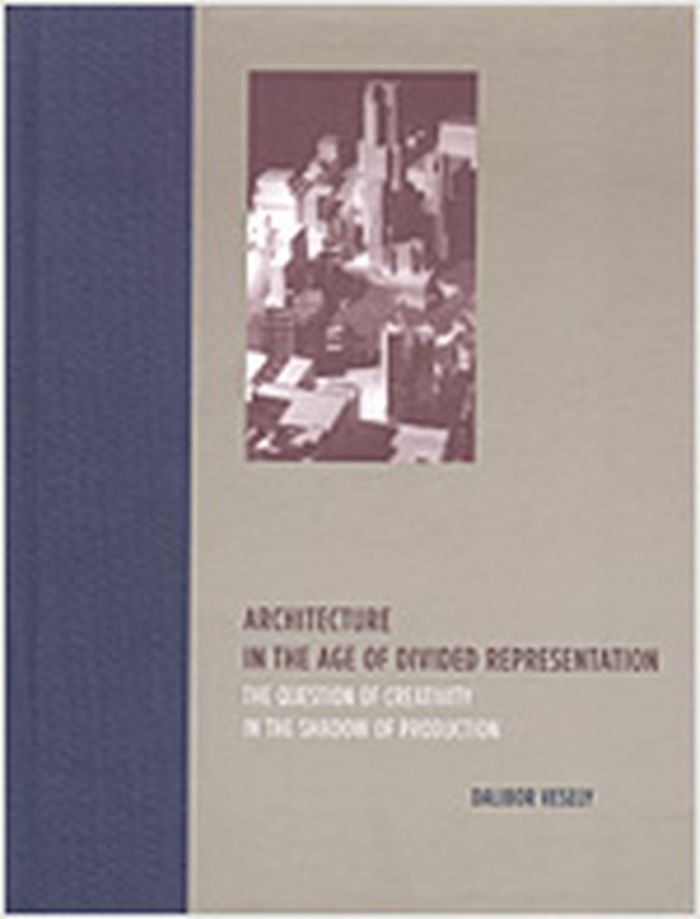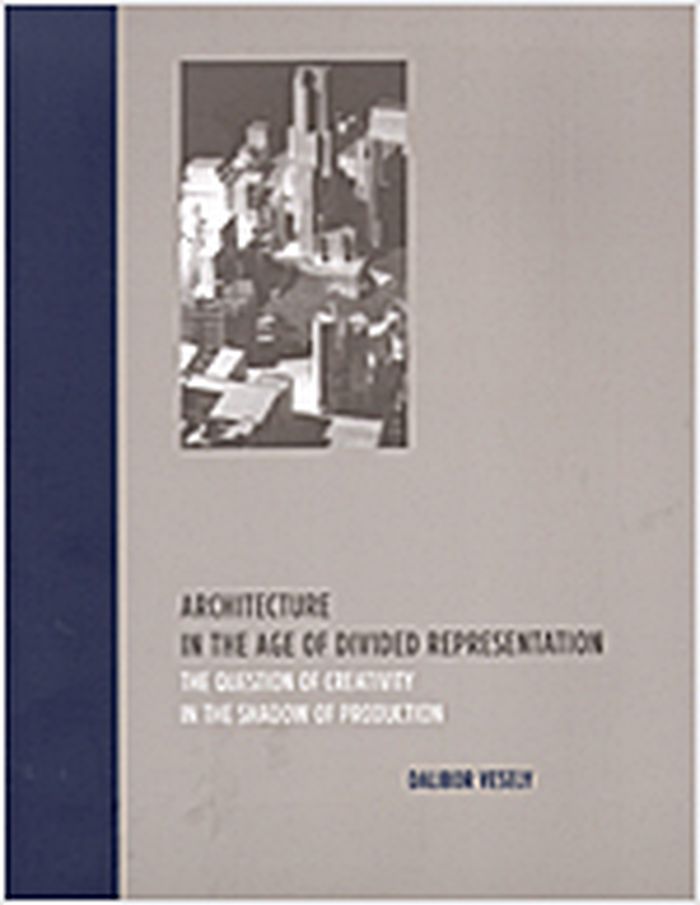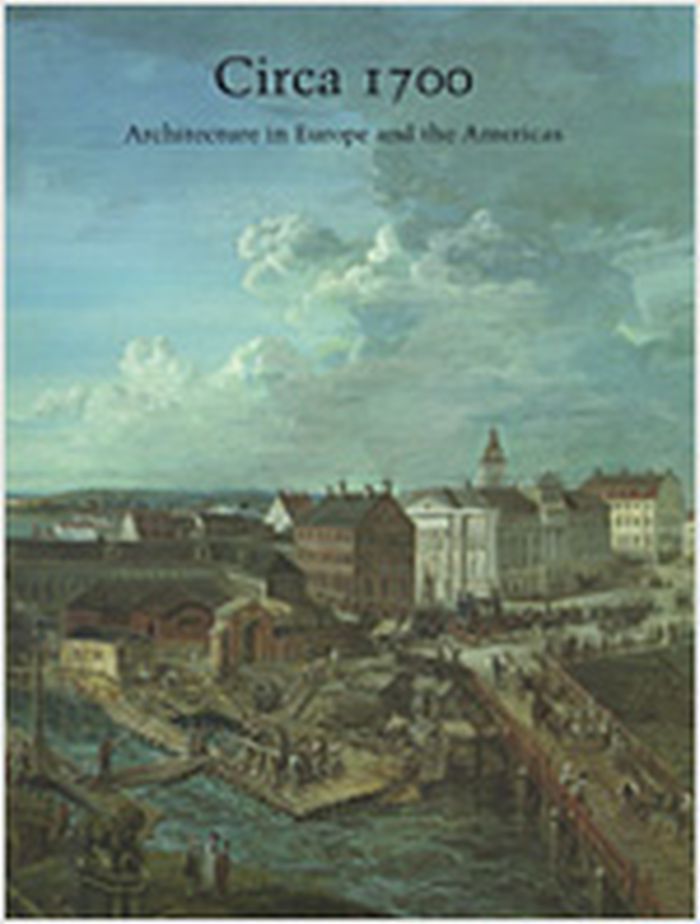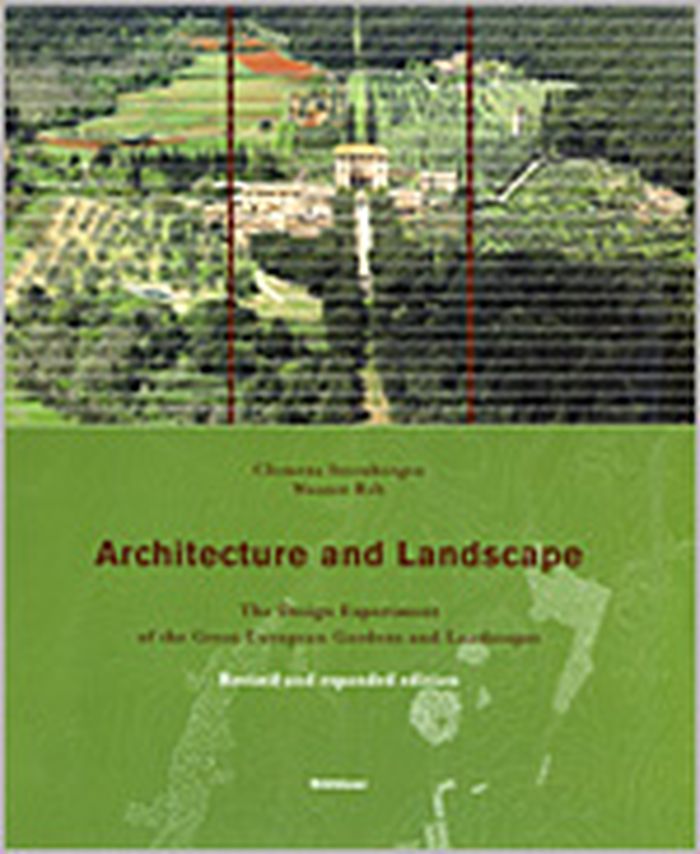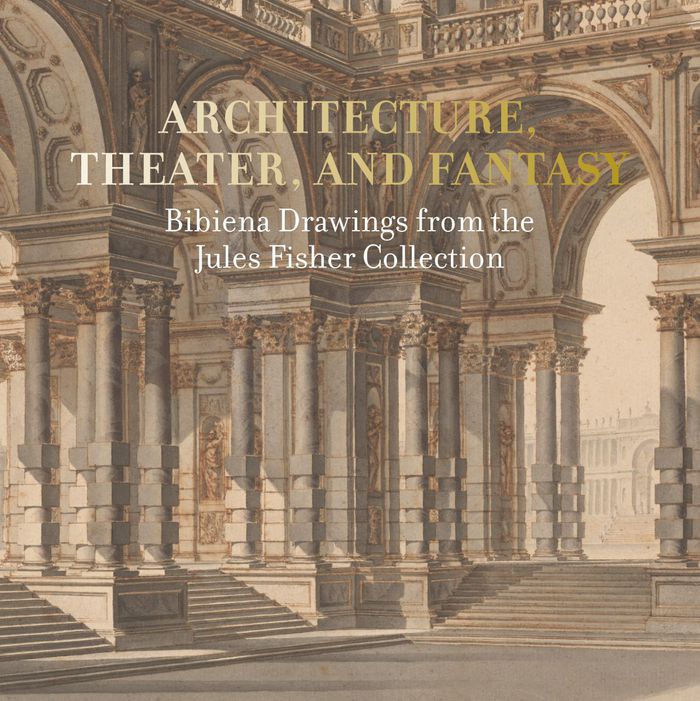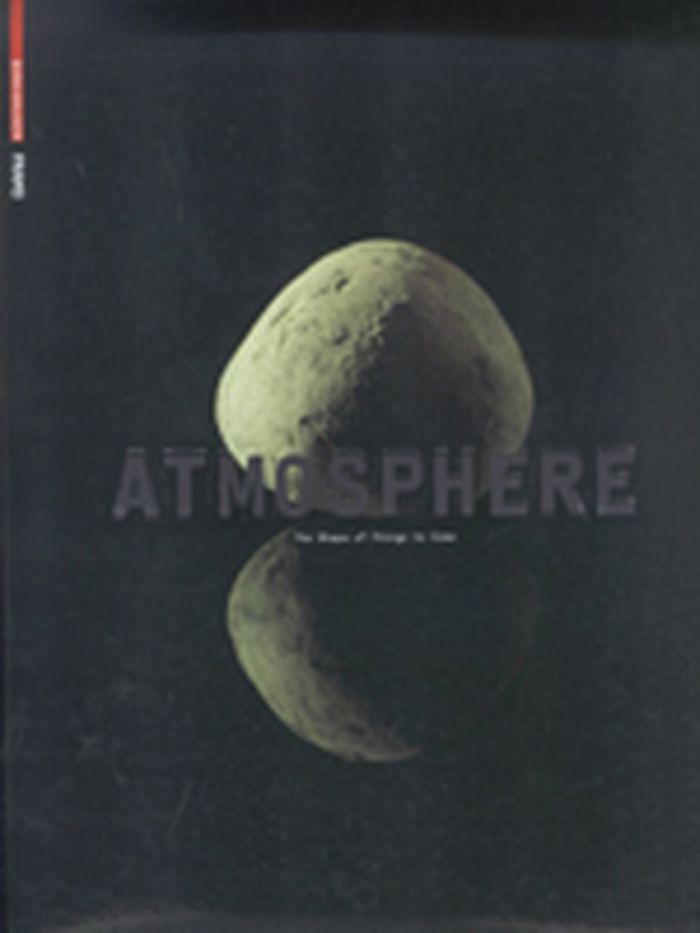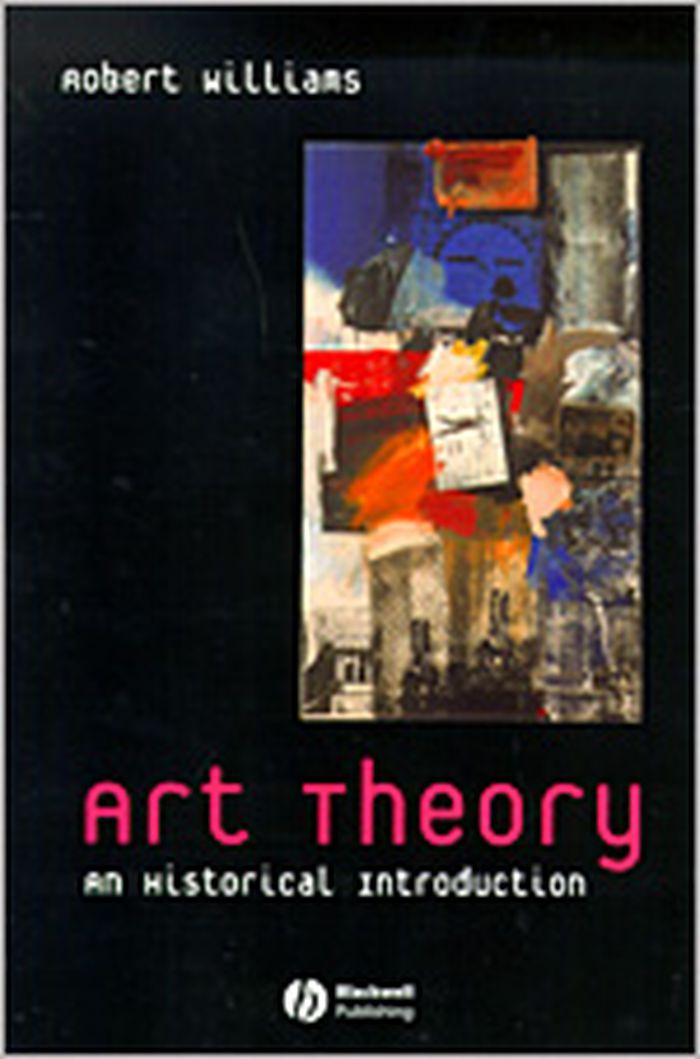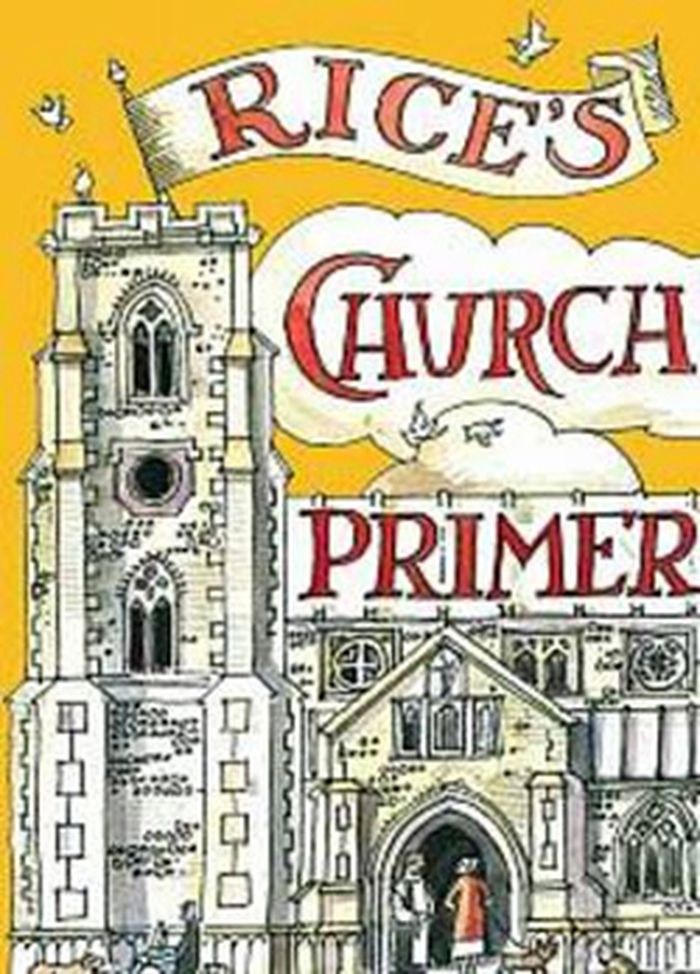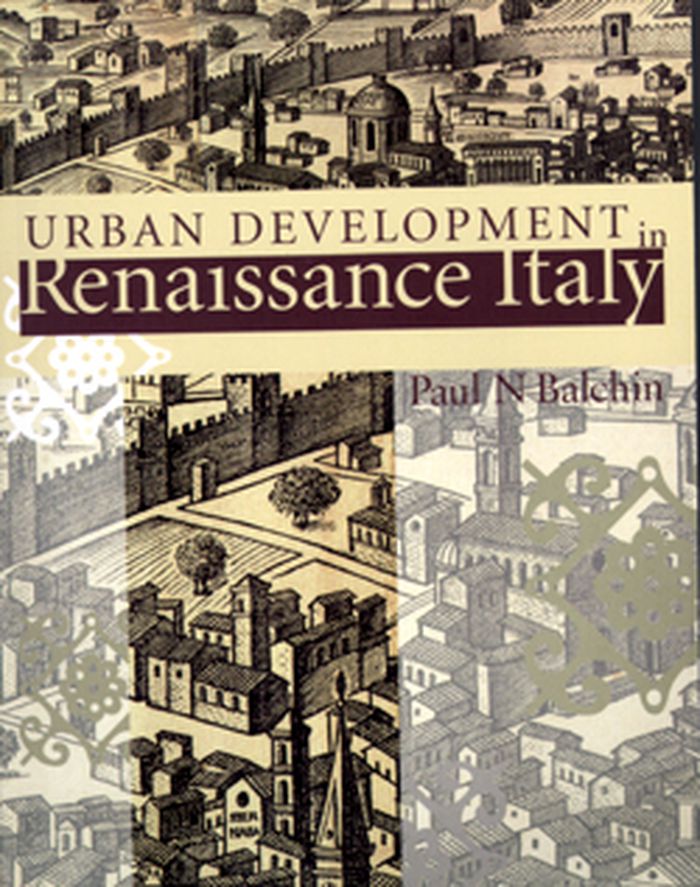$62.50
(available to order)
Summary:
Dalibor Vesely proposes an alternative to the narrow vision of contemporary architecture as a discipline that can be treated as an instrument or commodity. In doing so, he offers nothing less than an account of the ontological and cultural foundations of modern architecture and, consequently, of the nature and cultural role of architecture through history. Vesely's(...)
Architecture in the age of divided representation : the question of creativity in the shadow of production
Actions:
Price:
$62.50
(available to order)
Summary:
Dalibor Vesely proposes an alternative to the narrow vision of contemporary architecture as a discipline that can be treated as an instrument or commodity. In doing so, he offers nothing less than an account of the ontological and cultural foundations of modern architecture and, consequently, of the nature and cultural role of architecture through history. Vesely's argument, structured as a critical dialogue, discovers the first plausible anticipation of modernity in the formation of Renaissance perspective. Understanding this notion of perspective against the background of the medieval philosophy of light, he argues, leads to an understanding of architectural space as formed by typical human situations and by light before it is structured geometrically. The central part of the book addresses the question of divided representation - the tension between the instrumental and the communicative roles of architecture - in the period of the baroque, when architectural thinking was seriously challenged by the emergence of modern science. Vesely argues that to resolve the dilemma of modernity - reconciling the inventions and achievements of modern technology with the human condition and the natural world - we can turn to architecture and its latent capacity to reconcile different levels of reality, its ability to relate abstract ideas and conceptual structures to the concrete situations of everyday life. Vesely sees the restoration of this communicative role of architecture as the key to the restoration of architecture as the topological and corporeal foundation of culture; what the book is to our literacy, he argues, architecture is to culture as a whole. He concludes by proposing a new poetics of architecture that will serve as a framework for the restoration of the humanistic role of architecture in the age of technology.
Architectural Theory
$31.50
(available to order)
Summary:
In this long-awaited work, Dalibor Vesely proposes an alternative to the narrow vision of contemporary architecture as a discipline that can be treated as an instrument or commodity. In doing so, he offers an account of the ontological and cultural foundations of modern architecture and, consequently, of the nature and cultural role of architecture through history.(...)
Architectural Theory
October 2006, Cambridge (MA), London
Architecture in the age of divided representation : the question of creativity in the shadow of production
Actions:
Price:
$31.50
(available to order)
Summary:
In this long-awaited work, Dalibor Vesely proposes an alternative to the narrow vision of contemporary architecture as a discipline that can be treated as an instrument or commodity. In doing so, he offers an account of the ontological and cultural foundations of modern architecture and, consequently, of the nature and cultural role of architecture through history. Vesely's argument, structured as a critical dialogue, discovers the first plausible anticipation of modernity in the formation of Renaissance perspective. Understanding this notion of perspective against the background of the medieval philosophy of light, he argues, leads to an understanding of architectural space as formed by typical human situations and by light before it is structured geometrically. The central part of the book addresses the question of divided representation - the tension between the instrumental and the communicative roles of architecture - in the period of the baroque, when architectural thinking was seriously challenged by the emergence of modern science. Vesely argues that to resolve the dilemma of modernity - reconciling the inventions and achievements of modern technology with the human condition and the natural world - we can turn to architecture and its latent capacity to reconcile different levels of reality, its ability to relate abstract ideas and conceptual structures to the concrete situations of everyday life. Vesely sees the restoration of this communicative role of architecture as the key to the restoration of architecture as the topological and corporeal foundation of culture; what the book is to our literacy, he argues, architecture is to culture as a whole. He concludes by proposing a new poetics of architecture that will serve as a framework for the restoration of the humanistic role of architecture in the age of technology.
Architectural Theory
$81.50
(available to order)
Summary:
The years around 1700 were marked by transformations in European and colonial capital cities. This era saw the creation not only of palatial complexes and urban spaces appropriate to autocratic power, but also of essential infrastructure such as roads, ports, and fortifications. In addition, many of the civic structures and background buildings that form the familiar(...)
Circa 1700 : architecture in Europe and the Americas
Actions:
Price:
$81.50
(available to order)
Summary:
The years around 1700 were marked by transformations in European and colonial capital cities. This era saw the creation not only of palatial complexes and urban spaces appropriate to autocratic power, but also of essential infrastructure such as roads, ports, and fortifications. In addition, many of the civic structures and background buildings that form the familiar urban images of the eighteenth century date from this period. In all of this activity, architects and architectural ideas, formed mostly in Italy and influenced by the baroque architecture of Rome, especially the late works of Francesco Borromini and Gian Lorenzo Bernini, played a central role. Twelve contributors provide a comprehensive look at the design, renewal, and expansion of capitals and countries including Naples, Rome, Vienna, Stockholm, Saint Petersburg, England, Amsterdam, Cádiz, Lisbon, Quebec City, and Lima. The result is a fascinating cross section that allows a comparative reading of baroque architecture: from country to country, from region to region, and from the Old World to the New.
History until 1900
$97.95
(available to order)
Summary:
The great parks and gardens of Europe come alive by the skillful interplay of natural landscape and architectural elements. Throughout the ages, however, this relationship has been treated in very different ways. The gardens of the Italian renaissance in the 15th or 16th century were based on rational plans, whereas the French parks of the Baroque period seem rather more(...)
Architecture and landscape : the design experiments of the great European gardens and landscapes, revised and expanded edition
Actions:
Price:
$97.95
(available to order)
Summary:
The great parks and gardens of Europe come alive by the skillful interplay of natural landscape and architectural elements. Throughout the ages, however, this relationship has been treated in very different ways. The gardens of the Italian renaissance in the 15th or 16th century were based on rational plans, whereas the French parks of the Baroque period seem rather more geometric in design, and the English parklands of the 18th century present a scenic composition. In this publication famous historical gardens from all over Europe are analysed, and these graphic analyses allow us to see into the mind of the designers. By highlighting the design processes, they also function as models for future landscape projects. More than 30 renowned gardens have been examined and documented with a wealth of illustrations. Amongst the parks presented are Palladio’s Villa Emo, the perfect order of the Baroque garden Vaux-le-Vicomte near Paris or the pastoral yet mysterious park of Blenheim Palace near Oxford.
Gardens
$36.95
(available to order)
Summary:
This exhibition catalog explores the remarkable theatrical designs of Italy’s influential Bibiena family in the seventeenth and eighteenth centuries. For nearly a century, members of three generations of the Bibiena family were the most highly sought theater designers in Europe. Their elaborate stage designs were used for operas, festivals, and courtly performances across(...)
Architectural Drawing
July 2021
Architecture, theater and fantasy: Bibena drawings from the Jules Fisher collection
Actions:
Price:
$36.95
(available to order)
Summary:
This exhibition catalog explores the remarkable theatrical designs of Italy’s influential Bibiena family in the seventeenth and eighteenth centuries. For nearly a century, members of three generations of the Bibiena family were the most highly sought theater designers in Europe. Their elaborate stage designs were used for operas, festivals, and courtly performances across Europe, from their native Italy to cities as far afield as Vienna, Prague, Stockholm, St. Petersburg, and Lisbon. Beyond these performances, the distinctive Bibiena style survives through their remarkable drawings. "Architecture, theater, and fantasy" commemorates a group of Bibiena drawings from the collection of Jules Fisher, the Tony Award–winning lighting designer, gifted to the Morgan Library and Museum in New York. Accompanying the first US exhibition of these works in more than thirty years, these drawings demonstrate the range of the Bibienas’ output, from energetic sketches to detailed watercolors. Representations of imagined palace interiors and lavish illusionistic architecture illuminate the visual splendor of the Baroque period.
Architectural Drawing
$81.00
(available to order)
Summary:
Not just another book on architecture and design: Atmosphere invites, encourages and motivates. It goes beyond the basic components of form, colour and material to identify and explore seven atmospheric layers that not only exist simultaneously but owing to their fleeting nature can easily merge to form new combinations, over and over again: Almost Alive, Fields of(...)
Industrial Design
September 2007, Basel, Boston, Berlin
Atmosphere: The shape of things to come
Actions:
Price:
$81.00
(available to order)
Summary:
Not just another book on architecture and design: Atmosphere invites, encourages and motivates. It goes beyond the basic components of form, colour and material to identify and explore seven atmospheric layers that not only exist simultaneously but owing to their fleeting nature can easily merge to form new combinations, over and over again: Almost Alive, Fields of Colour, Drawing the Line, In the Mix, Form Follows Fold, Handicraft 2.0, Down to Earth. Atmosphere is a seven-part exploration of the themes that spark creative work. It delves into a renewed interest in handicrafts, into creases and crinkles as generators of form, into nature as an inexhaustible source of inspiration. Learn how designers deal with the chill perfection of CAD and how they counter a period of baroque extravagance. Each chapter is lavishly illustrated with recent work by top designers, architects and artists. Atmosphere will pump oxygen into future projects including yours.
Industrial Design
audio
Description:
1 online resource.
[Place of publication not identified] : Lateral Addition, 2018.
June 21, 2018 : Listening for Southwest Key in San Diego.
Actions:
Description:
1 online resource.
audio
[Place of publication not identified] : Lateral Addition, 2018.
$44.95
(available to order)
Summary:
"Art Theory: An Historical Introduction" is a unique survey of Western thought about art from ancient times to the present. It provides a lucid and lively narrative geared to the needs of the general reader and beginning student, Covering the major periods of Western art history: Antiquity and the Middle Ages, the early modern period (Renaissance and Baroque), the(...)
Art theory : an historical introduction
Actions:
Price:
$44.95
(available to order)
Summary:
"Art Theory: An Historical Introduction" is a unique survey of Western thought about art from ancient times to the present. It provides a lucid and lively narrative geared to the needs of the general reader and beginning student, Covering the major periods of Western art history: Antiquity and the Middle Ages, the early modern period (Renaissance and Baroque), the Enlightenment, the nineteenth century, early twentieth-century modernism, and postmodernism. It relates theory to the practice as well as to the intellectual- and cultural-historical currents of each period, thus demonstrating the value of an historical approach to theoretical issues, and includes an extensive bibliography that provides a useful and up-to-date guide to the primary sources and secondary literature.
Architectural Theory
Rice's church primer
$27.00
(available to order)
Summary:
Rice's Church Primer explains the language of architecture in churches, from the restrained Norman style of William the Conqueror to the gilded excesses of the Baroque. The primer begins with an explanation of the basic 'Grammar' of churches: elevation, plan, fronts, vaults and towers. This allows the reader to easily understand what follows. Next comes the 'Vocabulary'(...)
Rice's church primer
Actions:
Price:
$27.00
(available to order)
Summary:
Rice's Church Primer explains the language of architecture in churches, from the restrained Norman style of William the Conqueror to the gilded excesses of the Baroque. The primer begins with an explanation of the basic 'Grammar' of churches: elevation, plan, fronts, vaults and towers. This allows the reader to easily understand what follows. Next comes the 'Vocabulary' of styles in chronological order, from ancient Saxon churches to modern cathedrals. Each period covers component parts like doors, windows, towers, pews, panelling and pulpits. Finally, there is a map pinpointing some of the best churches around the country.
History until 1900, Great Britain
$53.99
(available to order)
Summary:
Providing a comprehensive account of one of the most formative historical periods, this book uniquely describes Renaissance architecture as the physical manifestation of economic, social and political change. Shifts in architectural style and design are described in parallel with Italy's economic and demographic growth, external and internal conflict and the evolution of(...)
Urban development in renaissance Italy
Actions:
Price:
$53.99
(available to order)
Summary:
Providing a comprehensive account of one of the most formative historical periods, this book uniquely describes Renaissance architecture as the physical manifestation of economic, social and political change. Shifts in architectural style and design are described in parallel with Italy's economic and demographic growth, external and internal conflict and the evolution of urban and regional government. It covers the full extent of the Renaissance period, charting the era's medieval roots and its transformation into Mannerist and Baroque tendencies. Encompassing Palermo and Naples, the book fully covers northern, central and southern Italy, surpassing the conventional literature that tends to focus solely on northern Italy.
History until 1900
